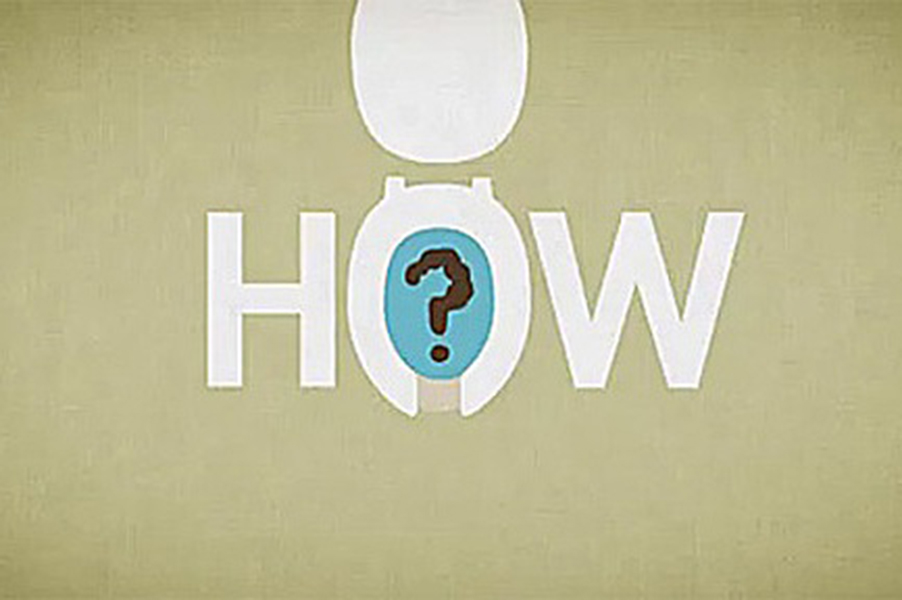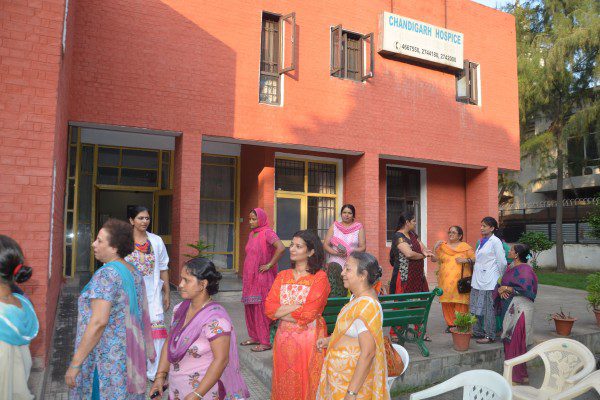It might seem that the crux of the sanitation issue revolves around people without access to toilets, but it also has a lot to do with those who do have access to it. Koli Mitra looks into the impasse between an impending water crisis and proper sanitation.
A person without access to flush toilets tends to defecate and urinate near rivers, ponds, artificial dams – whatever fresh water sources are within reach – for the sake of a little personal hygiene. Ironically, this contributes to the world’s sanitation crisis (and water crisis) by contaminating that very water source, which the entire community probably uses for household and personal cleaning. Worse, it’s probably where they also get their drinking water.
Just one person with access to flush toilets converts up to 22 liters of pure, drinkable water into sewer water every day. Often that sewer water ends up in lakes, rivers and groundwater due to deficiencies in drainage or treatment facilities. In affluent urban areas, where facilities are functional, contamination is less of a problem, but the sheer volume of water poured down toilets (and the energy expended to scrub it back into potable quality) threatens the world’s already-stressed supplies of clean water and power generating fuels.
The trick, then, is to provide sanitary toilets to people who don’t have them, but not to replicate the wasteful model currently in use by people who do. Toilet visionaries around the world are devising ways to process human waste at the individual toilet level so that it isn’t dumped into water bodies; channeled underground where it can pollute the soil (and/or aquifers, water tables, groundwater reservoirs, etc.); or hauled away by large quantities of squandered drinking water.
Stockholm Prize winning sociologist and founder of Sulabh International Social Service Organisation, Dr. Bindeshwar Pathak (a.k.a. “The Million Toilet Man”), has developed an eco-friendly wastewater treatment system using duckweed and a dual-pit, composting toilet that turns human waste into safe manure instead of dumping it in the streams and reservoirs. The Institute of Chemical Technology in Mumbai is contemplating to use a “fine sand-like material and an air blower to create a water-free toilet interface that is free from odour and flies.” Other designs use mechanical removal processes (such as vacuum suction) and convert the waste itself into fuel for powering the mechanism.
The Bill and Melinda Gates Foundation issues periodic challenge grants under its Reinvent The Toilet initiative, providing funds to develop sustainable toilets that work cheaply (for less than $0.05 or about Rs. 3 per day) and “off the grid” – i.e., they can be operated directly by end users without electricity, piped water, or sewage/drainage infrastructure (along with other health, environmental, and developmental goals). Several of the grantees have designed toilets that actually produce clean water, by separating out solids and residual minerals and purifying the wastewater (composed mostly of urine) much like nature would have done over a longer period of time. Residual solids and gases are made into fuels and fertilisers. Nothing remains septic or unusable.
World Toilet Organisation founder Jack Sim favours models that prevent solids and liquids from mixing in the first place. He says water logging biological waste not only misuses the water but also prevents the waste itself from drying out and being disinfected. Sim wants to take a cue from the human body itself, which “is designed to separate solids from liquid waste.” A device called the “urine diversion toilet” does just that, by separating urine from feces and then processing each separately to derive clean water, minerals, fertilizers, and methane gas.
Such innovative products are intended for people who don’t have toilets. But what about those who do? Clearly, their habits must change if water scarcity and water pollution are to be seriously addressed. Lloyd Alter, managing editor of TreeHugger, writing for The Guardian, puts it succinctly: “we are running out of fresh water, making artificial fertiliser from fossil fuels and approaching peak phosphorus; it is idiotic and almost criminal that we … use drinking water to flush away our personal fertiliser and phosphorus and dump it in the ocean.”
Many activists have proposed creative ways to overhaul urban sewerage or simply tweak established processes. But most people are unwilling to bear even the temporary inconveniences and costs. Unlike people who need toilets, most people who have toilets don’t immediately experience the water crisis. This is the problem, as Jack Sim explains, of the “flush and forget” system.


